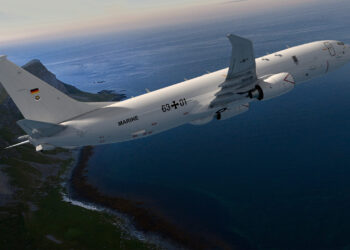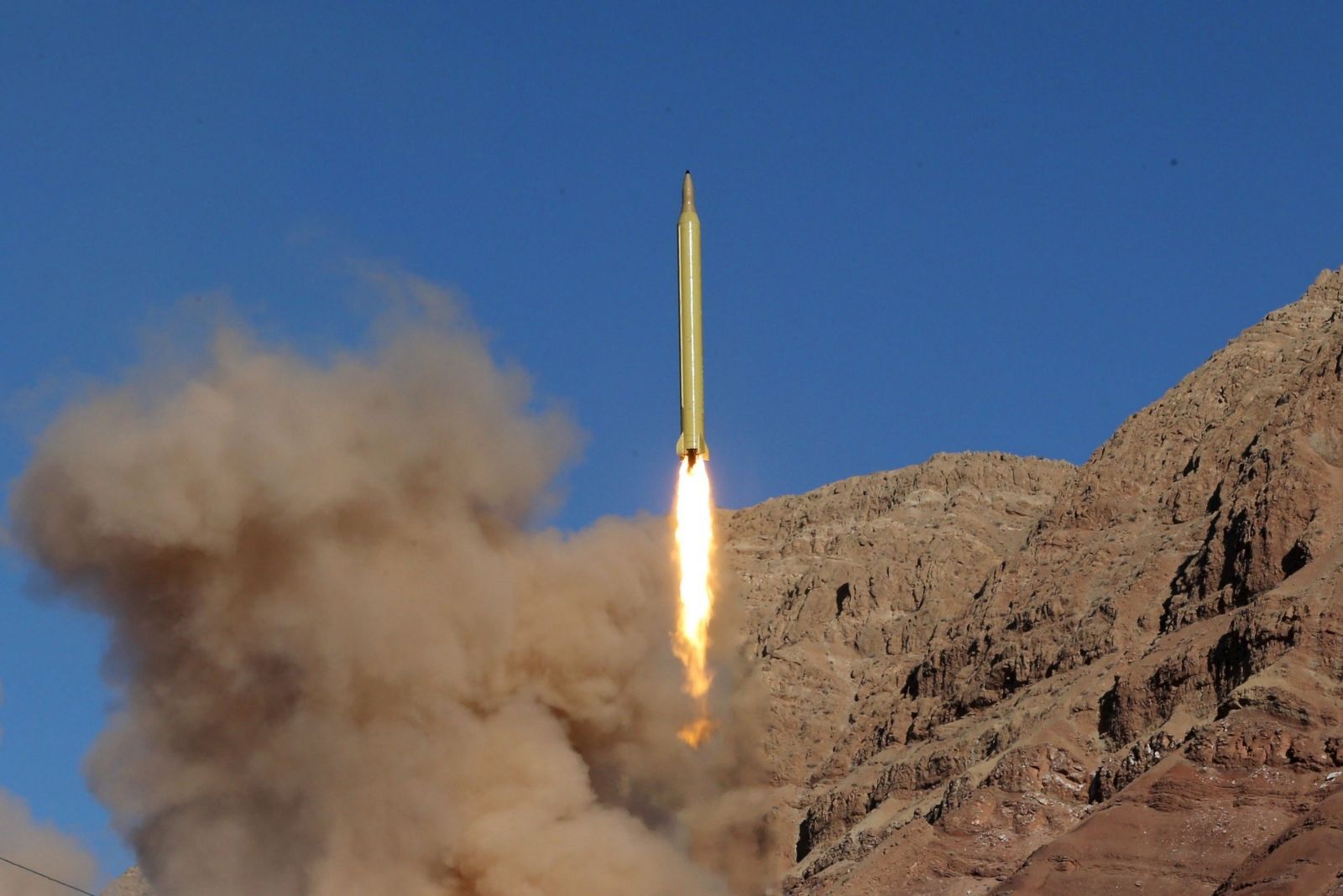US Air Force,
NAVAIR Patuxent River, MD: The Electromagnetic Aircraft Launch System (EMALS) took its next giant step toward fleet introduction Sept. 3, when it reached the 10,000 High Cycle Testing, Phase 1 milestone at the General Atomics test facility in Tupelo, Miss.
HCT-1 was conducted in order to verify the performance capabilities of EMALS electrical and thermal power equipment, and the shipboard cycling rate of the energy storage subsystem.
To assure EMALS motor technology will operate efficiently and reliably on the carrier, it completes 10,000 simulated launch test cycles.
By evaluating the EMALS launch technology through repetition, HCT-1 reduces the risk of structural failure, strengthens confidence in EMALS reliability and validates system life and electromagnetic interference predictions.
“The successful completion of HCT-1 is an important step in the process of committing EMALS to the Fleet for daily operation,” said Capt. Randy Mahr, NAVAIR’s Aircraft Launch and Recovery (PMA-251) program manager.
EMALS is scheduled to begin its second phase of HCT in winter 2009. Phase 2 will involve full power train testing and will give a specific prediction of EMALS operations. HCT-2 will also perform environmental qualification testing, which is used to confirm the adequacy of the equipment design under normal, abnormal, design basis event, post design basis event and in-service test conditions for the performance of safety functions.
EMALS is designed to replace the existing steam catapults used on the Nimitz class aircraft carriers.
“The introduction of EMALS will lower overall operating costs and require fewer people to operate today’s carriers with the current steam catapults and is designed to provide less ‘wear and tear’ on carrier-based aircraft,” said Mahr.
The system’s technology allows for a smooth acceleration at both high and low speeds, which increases the carrier’s ability to launch aircraft with less stress on the ship and its systems. EMALS will use modular electrical and electronic components not subject to mechanical wear, while offering the flexibility to support carrier air wings of the future.
PMA-251 manages the development, demonstration and acquisition of operational advances in aviation data management and control systems, expeditionary air fields and all launch and recovery related products. PMA-251’s mission is to consistently deliver adaptable and reliable technology to the Fleet.









